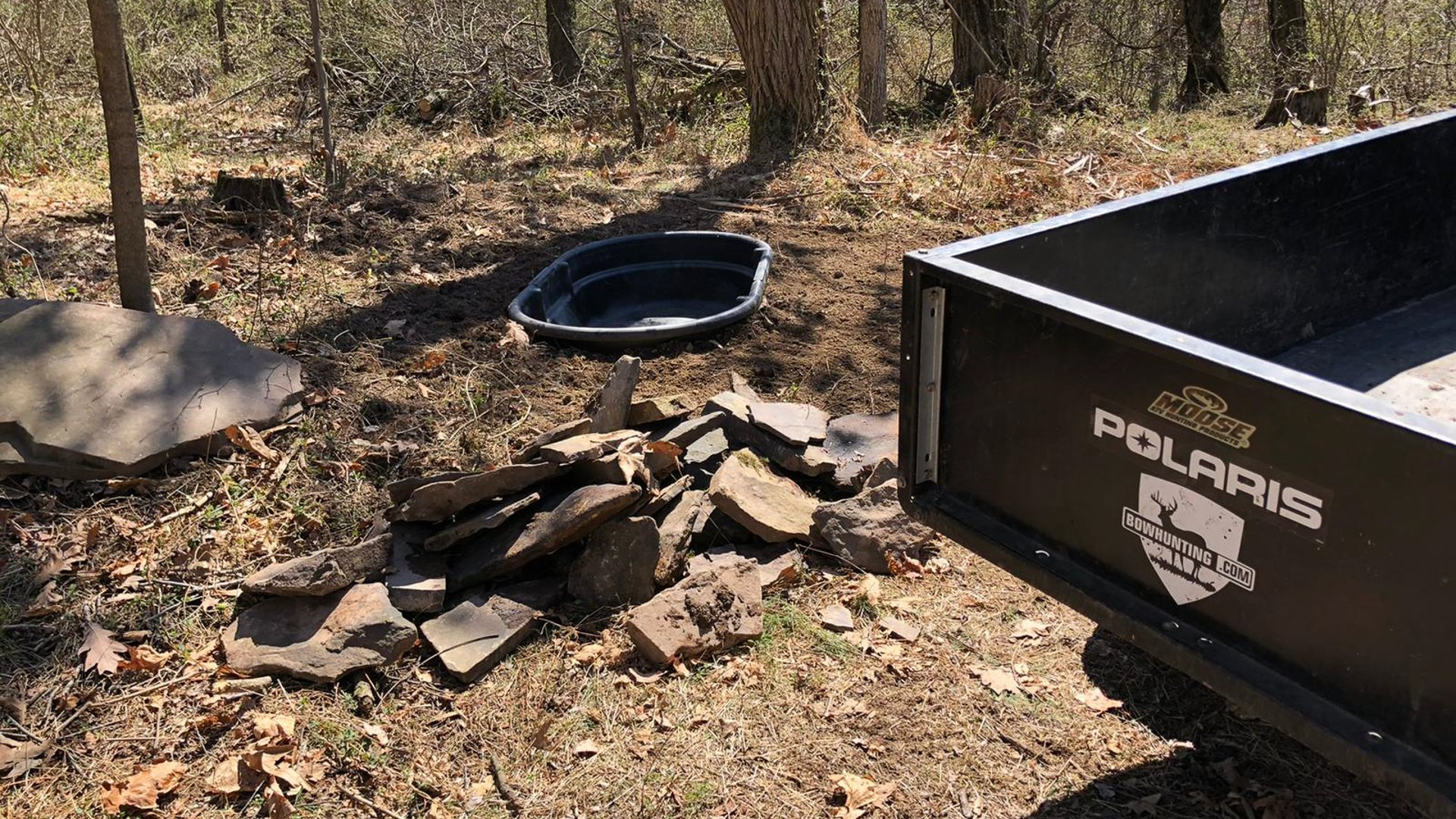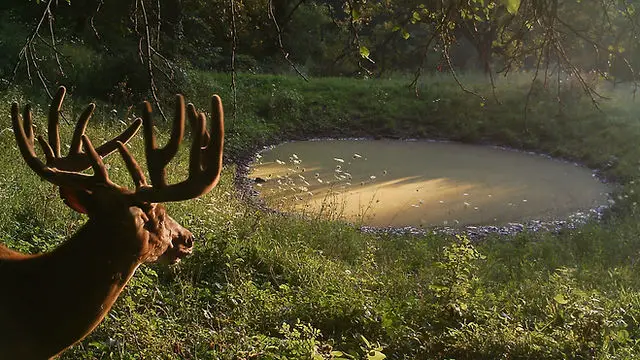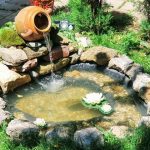Creating a small pond for deer on your property can be a great way to attract and support local wildlife. Not only does it provide a valuable water source for deer, but it can also enhance the natural beauty of your land. Building a small pond for deer requires careful planning and consideration of the local environment. In this guide, we’ll explore the steps involved in creating a small pond that will benefit deer and other wildlife.
1. Selecting the Location
The first step in building a small pond for deer is to carefully select the location. Ideally, you want to choose an area that is easily accessible to deer and other wildlife. Look for a spot that is relatively flat and has good drainage to avoid potential flooding. It’s also important to consider the proximity to natural water sources and the availability of shade, as these factors can influence the pond’s appeal to deer.
2. Obtaining Permits
Before starting any construction, it’s essential to check local regulations and obtain any necessary permits for building a pond on your property. Depending on the area, there may be specific requirements or restrictions related to the creation of artificial water features. Consulting with local authorities will ensure that you are in compliance with any relevant laws and regulations.

Credit: www.bowhunting.com
3. Planning the Design
Once you have a suitable location and the required permits, it’s time to plan the design of the pond. Consider the size and shape of the pond, as well as the depth of the water. Deer prefer shallow water, so aim for a maximum depth of around 3-4 feet. You may also want to include gradual slopes to allow for easy access to the water for deer and other wildlife.
4. Excavation and Construction
Excavating the area to create the pond is a crucial step in the construction process. Depending on the size of the pond, you may need to enlist the help of heavy machinery such as an excavator. It’s important to pay attention to the soil composition and ensure that the pond will hold water effectively. Once the excavation is complete, the edges of the pond can be reinforced with rocks or other natural materials to prevent erosion.
5. Installing a Liner
To prevent water seepage and ensure the longevity of the pond, it’s advisable to install a liner. There are various options for pond liners, including rubber, PVC, and EPDM. The liner should be carefully laid out and secured to the edges of the pond to create a watertight seal. This step is essential for maintaining a consistent water level and preventing the pond from drying out.
6. Adding Vegetation
Introducing native aquatic plants around the pond can provide additional benefits for deer and other wildlife. Plants such as cattails, sedges, and water lilies can offer food and shelter, contributing to the overall ecosystem of the pond. Be mindful of the specific plant species that are suitable for the local climate and soil conditions, and avoid introducing invasive species that could disrupt the natural balance.

Credit: www.youtube.com
7. Monitoring and Maintenance
After the pond is constructed, regular monitoring and maintenance are essential to ensure its ongoing functionality. Keep an eye on the water level and quality, particularly during dry seasons, and address any issues such as algae growth or debris accumulation. Maintaining the pond as a clean and reliable water source will maximize its appeal to deer and other wildlife throughout the year.
8. Creating Surrounding Habitat
Enhancing the area around the pond with suitable habitat features can further attract deer and support a diverse range of wildlife. Consider planting native shrubs and trees to provide cover and forage, as well as creating clear pathways for deer to access the water. By integrating the pond into a well-designed habitat, you can maximize its effectiveness in attracting and sustaining local deer populations.
9. Providing Security Measures
It’s important to consider potential threats to the pond and its inhabitants, such as predators or human interference. Implementing security measures, such as fencing or natural barriers, can help protect the pond and the wildlife that rely on it. By creating a safe and undisturbed environment, you can encourage deer to visit the pond regularly and establish it as a reliable water source.
10. Documenting Wildlife Activity
Once the small pond is established, take the opportunity to observe and document the wildlife activity around the area. Setting up trail cameras can provide valuable insights into the use of the pond by deer and other animals. By recording and analyzing the wildlife behavior, you can gain a better understanding of the pond’s impact and make any necessary adjustments to optimize its effectiveness.
Conclusion
Building a small pond for deer is a rewarding endeavor that can significantly contribute to the conservation and management of local wildlife. By following the steps outlined in this guide and carefully considering the needs of deer and other wildlife, you can create a valuable water source that enhances the natural environment. With proper planning, construction, and maintenance, a small pond can become a focal point for wildlife activity and enrich the ecological diversity of your property.
Remember that building a small pond for deer requires thoughtful consideration of the local environment and wildlife habitat. By integrating the pond into a well-designed landscape and providing ongoing care, you can create a sustainable water source that benefits deer and other wildlife for years to come.





